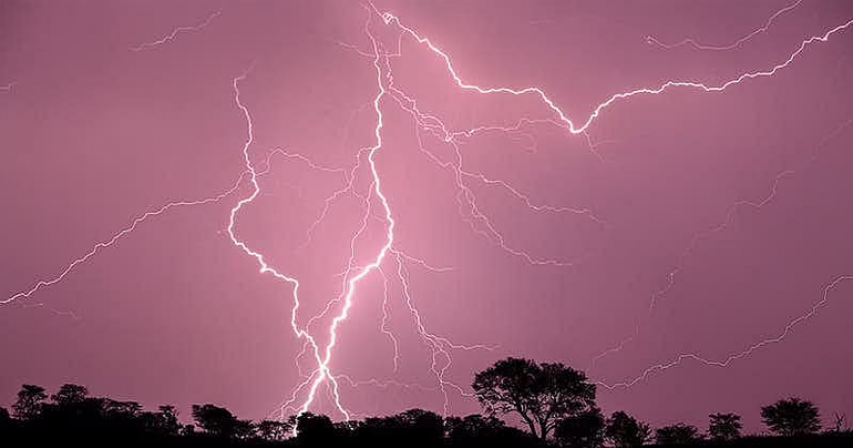A lightning strike killed at least 11 people and injured many more in the northern city of Jaipur on Sunday.
The victims were taking selfies in the rain atop a watch tower at the 12th Century Amer Fort, a popular tourist attraction.
Some 27 people were on the tower and the wall of the fort when the incident happened - and some of them reportedly jumped to the ground.
Lightning strikes have been killing 2,000 Indians on average since 2004.
A senior police officer told the media that the tower was a popular spot in the fort, adding that most of the people among the dead were young.
Sunday alone saw nine more deaths from lightning strikes reported across Rajasthan, the state where Jaipur is located, according to local media reports.
The state's chief minister, Ashok Gehlot, has announced 500,000 rupees ($6,700; £4,800) as compensation for the families of those who have died.
India's monsoon season, which sees heavy rains, typically lasts from June to September.
The Indian Meteorological Department (IMD) has said that deaths by lightning strikes have doubled in the country since the 1960s - one of the reasons they cited was the climate crisis.
The data says that lightning incidents too have increased by 30%-40% since the early to mid-1990s. In 2018 the southern Indian state of Andhra Pradesh recorded 36,749 lightning strikes in just 13 hours.
Officials say they are more common in areas with thinner tree cover, leaving people vulnerable to being struck.

Comments